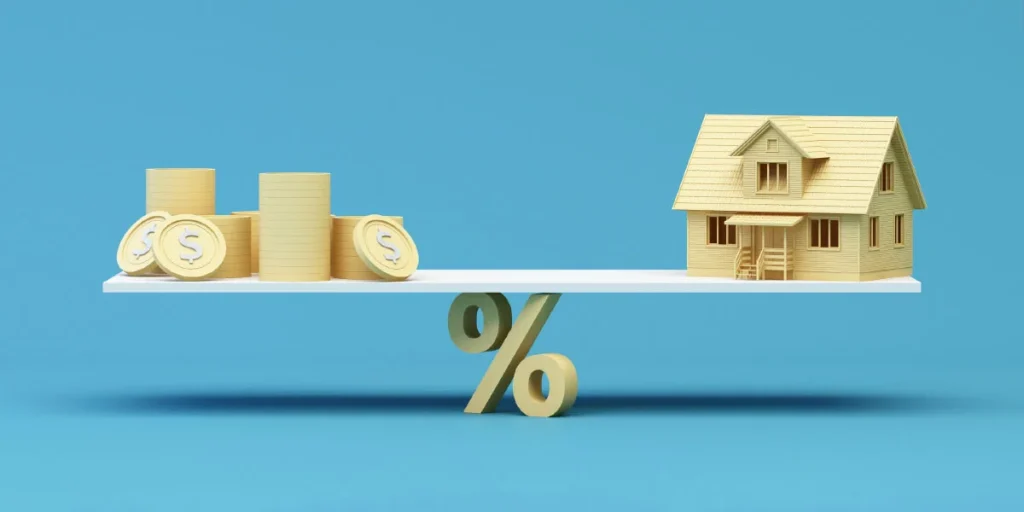On September 17, 2025, the U.S. Federal Reserve lowered its benchmark interest rate for the first time since December. The cut, from 4.5% to 4-4.25%, aims to support a weakening job market. Housing stocks surged as investors anticipated further monetary easing.
Housing Stocks Rally
The PHLX Housing Index jumped 15% this quarter, outpacing the S&P 500’s 7% gain. Key performers include DR Horton, up over 30%, and KB Home and Toll Brothers, both rising more than 20%. Home improvement giants Lowe’s and Home Depot gained 20% and 13%, respectively.
Despite these gains, housing stocks lag the S&P 500’s 13% year-to-date increase. For detailed stock performance, see the finance card above.
Lower Mortgage Rates Expected
The Mortgage Bankers Association reported a drop in 30-year fixed-rate mortgages to 6.39% for the week ending September 12, the lowest since October 2024. Analysts at Keefe, Bruyette & Woods predict rates could near 6% by year-end.
Lower rates could revive the housing market, which hit a near 2.5-year low in single-family homebuilding in August, as noted by Fed Chair Jerome Powell.
Economic Impact and Investor Optimism
“Rate cuts could breathe life into housing,” said Jack Janasiewicz, a strategist at Natixis Investment Managers. He highlighted 5% mortgage rates as a key target.
Angelo Kourkafas from Edward Jones added, “Homebuilders stand to gain from easier monetary policy.” Lower rates may boost economic activity, helping sectors like housing and small-cap stocks.
Challenges and Uncertainties
Mortgage rates track the 10-year U.S. Treasury yield, which fell to 4.13% from 4.6% in May. However, Fed rate cuts may not fully lower mortgage rates, as broader factors influence yields.
Persistent inflation could also limit further cuts. Paul Nolte, a senior adviser at Murphy & Sylvest, noted that strong housing activity drives economic growth.
What’s Next for the Market
Upcoming data on existing and new home sales, second-quarter GDP, manufacturing, services, and the personal consumption expenditures price index will offer insights. Fed Chair Powell’s remarks on September 23 will also be key.
Seth Basham from Wedbush warned of potential market volatility due to mixed Fed views on future rate paths, especially around labor and inflation data.
DR Congo Celebrates First Ebola Recoveries in Kasai Outbreak























